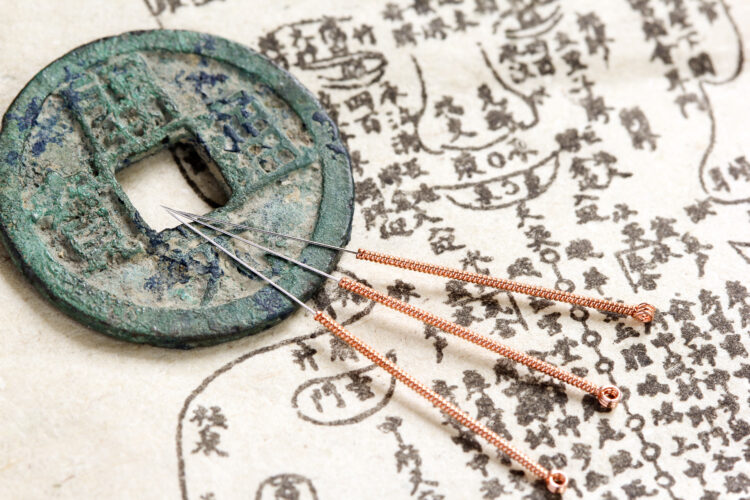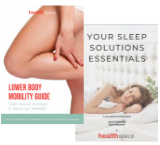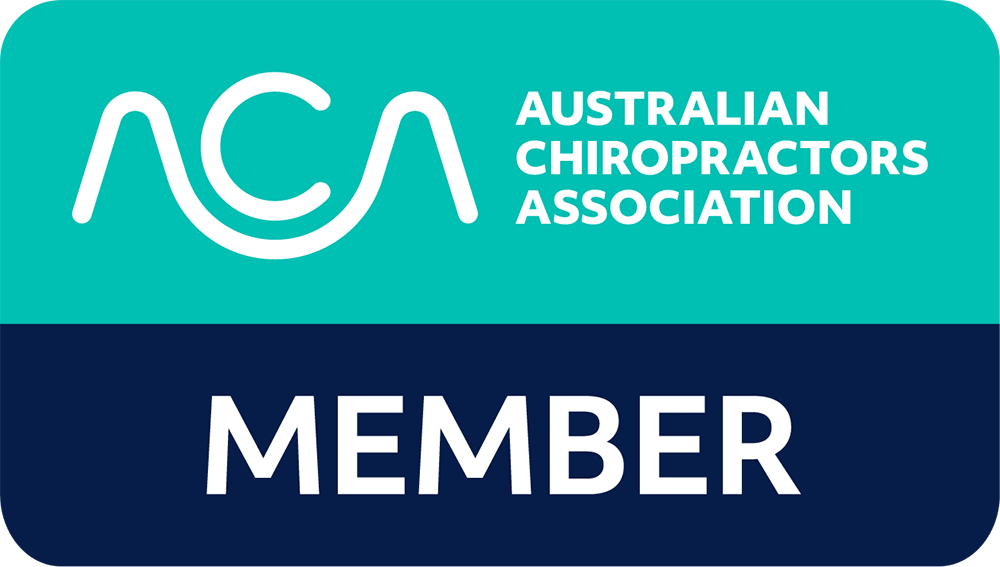
What is the first thing you think of when someone says they had acupuncture? Its probably either 1. It sounds like chocolate? Or 2. Needles! Scary! Acupuncture is a relatively new modality in Australia and unfortunately not many people are familiar with the concept.
Etymology (what the word means)
To start with, what does the word itself mean? It comes from the latin acu = needle + puncture (English) and simply means that we are putting needles into the body. For most people, this sounds insane. However, the needles most commonly used in acupuncture are 0.16-0.25mm (less than 1mm) and most people don’t even realize when the needles go in.
How does it work?
Traditional theory explains that stimulating certain parts of the body helps regulate certain parts/functions in the body. I will explain the traditional theory in another post. This post will explain what modern research has found acupuncture to do, in the local area where the needle is inserted.
- Axon reflex
For those of us that don’t speak anatomy, axons are neurons as part of the nervous system. They are basically part of the signalling pathways that connect the body to the brain. What research has found is that acupuncture is able to trigger the axon reflex, which notices that there is something in that body part that is not supposed to be there. This results in the blood vessels to that area dilating, increasing the blood flow (hyperaemia). Increasing the blood flow to a specific area has many benefits, such as promoting healing by bringing more nourishment to that area and clearing out the waste.
- Micro-twitch
Acupuncture also works on the muscular level by causing tiny minute activity of the muscles. The muscles react to the needle insertion by small contractions (shorten) then relaxing. The muscles adjacent to the needled muscles are in turn stretched the relaxed. The repeated minute activity of the tight and painful muscles helps them to relax, helping to relieve the pain and tightness.
- Micro-injury
This might sound insane, but this is a technique where we cause tiny-small injuries to the muscles to help improve function and relieve pain and tension. The reason? Muscle tissue can be damaged by any number of reasons including previous injury, lifestyle and intense workouts at the gym. If the injured muscle tissue doesn’t heal properly, they can become dysfunctional, meaning they are not working at their full potential. This is why you still feel that particular spot is still sore and uncomfortable after all those years. Another term for these spots are ‘ashi points’ or ‘trigger points’. Acupuncture can help break down the adhesions in the tissue and promote the proper healing.
In closing, there are a number of levels that acupuncture can work on in the local level (area of the needle). Many of these mechanisms facilitate the body to respond in a way that promotes healing and relaxing. There are also many ways that acupuncture works on the systemic level (whole body response), which we will visit in the next blogs.
Talk to us
Daniel is an acupuncturist and researcher available at the Kingsford and Kings Cross clinics.

